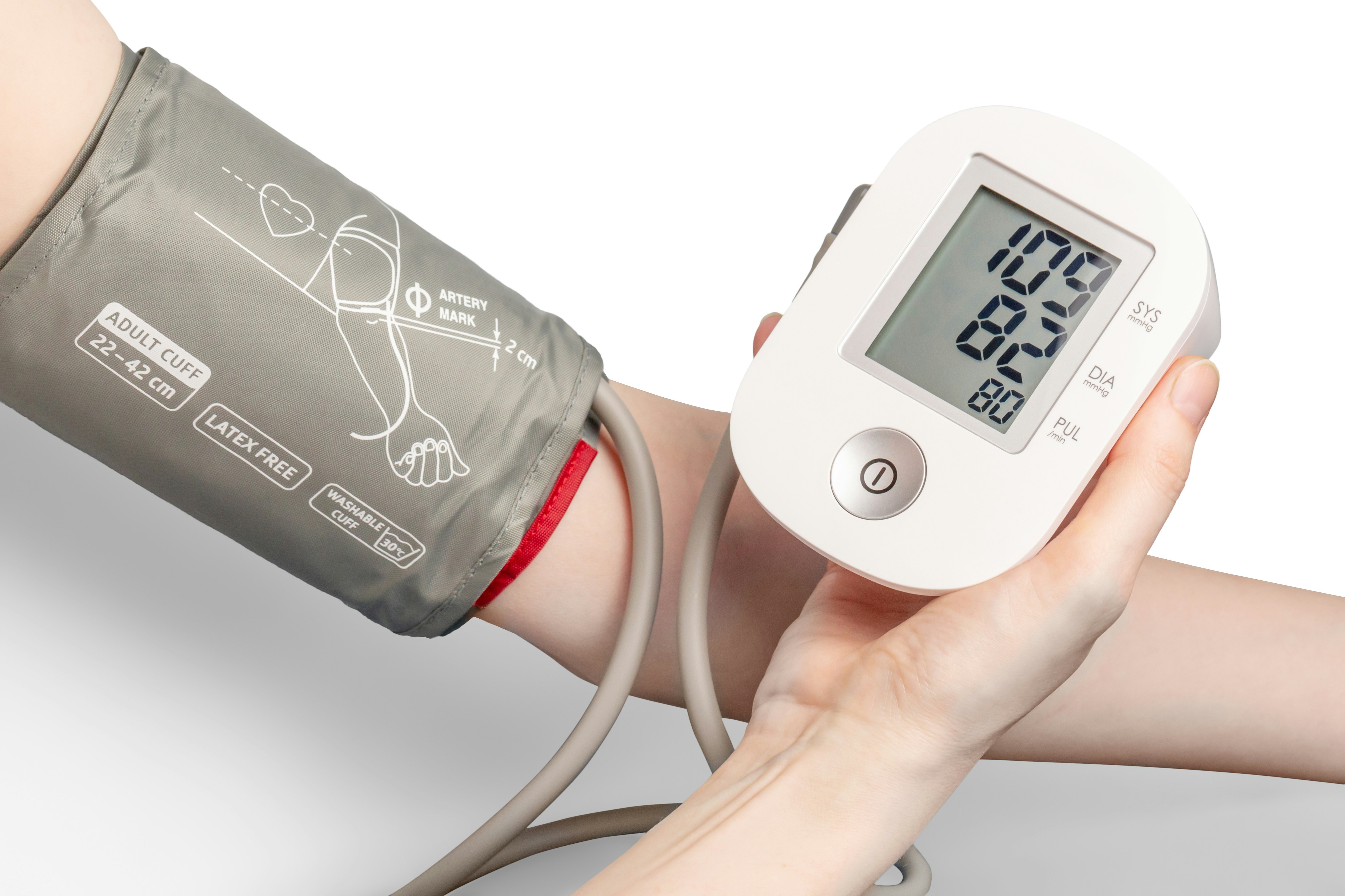Chiropractic Care and Reducing Blood Pressure
Chiropractic care is often associated with treating back pain and spinal alignment issues, but recent studies have shown promising benefits beyond musculoskeletal health. One intriguing area of research suggests that chiropractic adjustments may help in reducing blood pressure levels, which could have significant implications for managing hypertension.
Hypertension, or high blood pressure, is a widespread health concern affecting millions worldwide. It’s a major risk factor for heart disease, stroke, and other serious medical conditions. While medication and lifestyle changes like diet and exercise are commonly prescribed to manage blood pressure, complementary therapies such as chiropractic care are gaining attention for their potential contributions.
Chiropractic adjustments primarily focus on correcting spinal misalignments or subluxations. The theory behind chiropractic’s impact on blood pressure lies in its influence on the nervous system. The spine houses the spinal cord, a crucial part of the central nervous system that controls many bodily functions, including blood pressure regulation. Misalignments in the spine may interfere with nerve signals that contribute to hypertension.
Several studies have explored the relationship between chiropractic care and blood pressure. A notable 2007 study published in the Journal of Human Hypertension found that a single chiropractic adjustment to the upper neck significantly lowered blood pressure in patients with hypertension. This reduction was comparable to the effects seen with two common antihypertensive medications.
Moreover, ongoing research continues to investigate the mechanisms by which chiropractic adjustments affect blood pressure. It’s believed that correcting spinal misalignments helps improve nerve function and blood flow, thereby assisting the body’s natural ability to regulate blood pressure more effectively.
Beyond direct adjustments, chiropractors often emphasize holistic health approaches that may indirectly benefit blood pressure management. These include advice on posture, exercise, and lifestyle modifications that can contribute to overall well-being and potentially lower blood pressure over time.
It’s important to note that while these findings are promising, chiropractic care should not replace conventional medical treatments for hypertension. Instead, it may complement existing therapies and offer an additional tool for patients seeking to manage their blood pressure effectively.
As with any medical treatment, consulting with healthcare professionals is crucial to determine the most appropriate course of action. Chiropractic care is generally considered safe when performed by trained professionals, but individual responses to treatment may vary.
In conclusion, while chiropractic care’s primary focus remains on spinal health and pain relief, emerging evidence suggests potential benefits for managing hypertension. As research in this area continues, chiropractic adjustments could offer a valuable adjunctive therapy in the comprehensive treatment of high blood pressure, highlighting the holistic approach to health that chiropractic care embodies.

